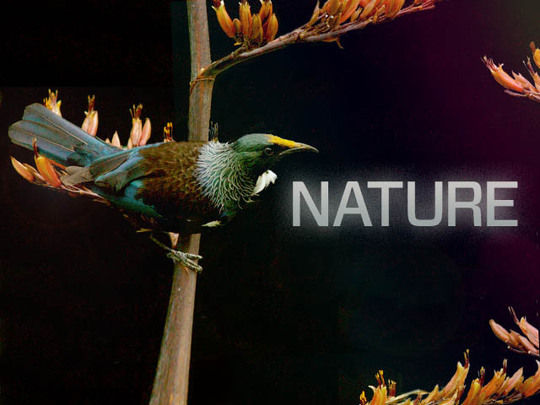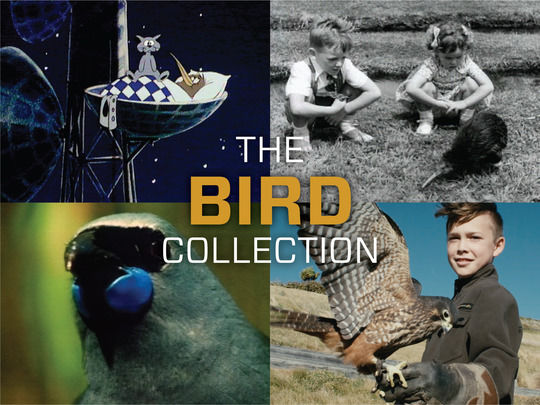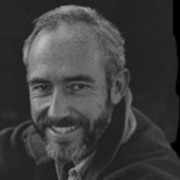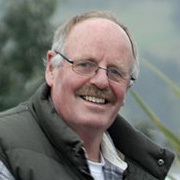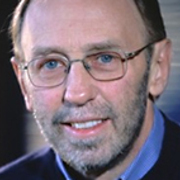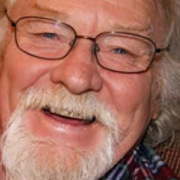Search
Titles (24)
See all
Kākāpō - Night Parrot
Television, 1982 (Full Length)
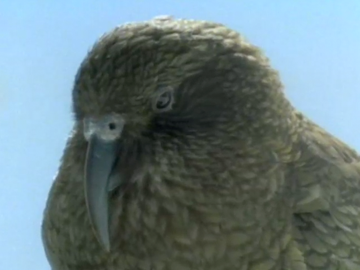
Kea - Mountain Parrot
Television, 1993 (Full Length)
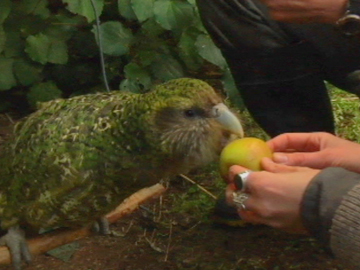
Meet the Locals: Sirocco the Kākāpō
Television, 2007 (Full Length Episode)
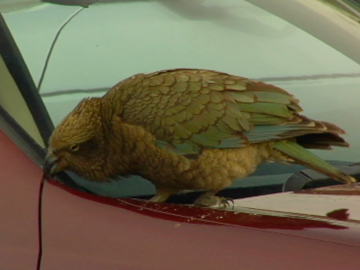
Meet the Locals: Treble Cone Vandals
Television, 2007 (Full Length)
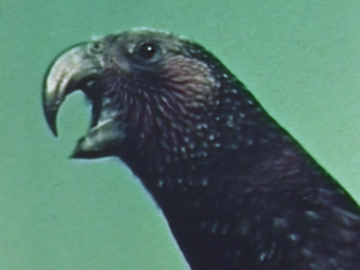
Legend of Birds
Short Film, 1962 (Full Length)
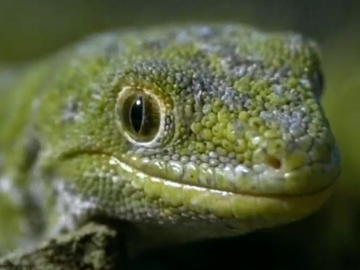
Bandits of the Beech Forest
Television, 1996 (Full Length)
Collections (3)
Interviews (6)
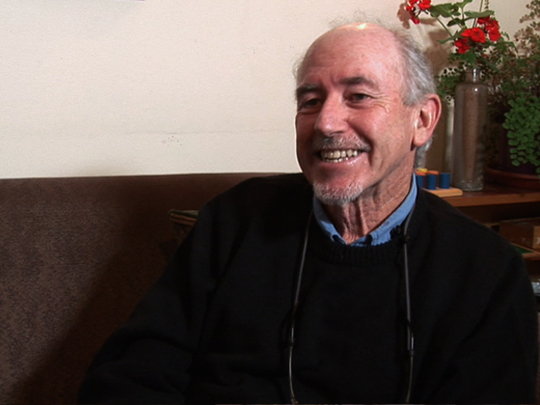
Rod Morris: a life filming in the wild...
Interview, Camera and Editing – Andrew Whiteside
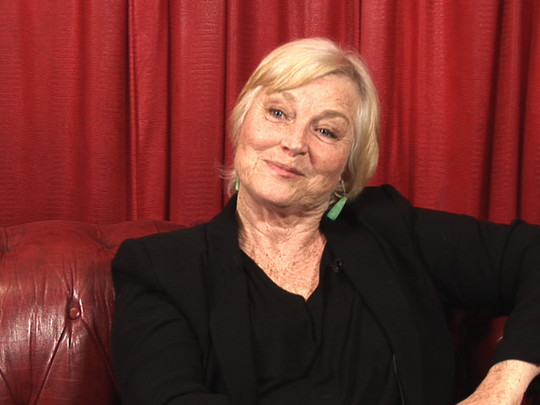
Lisa Harrow: A homegrown international actor..
Interview, Camera and Editing – Andrew Whiteside
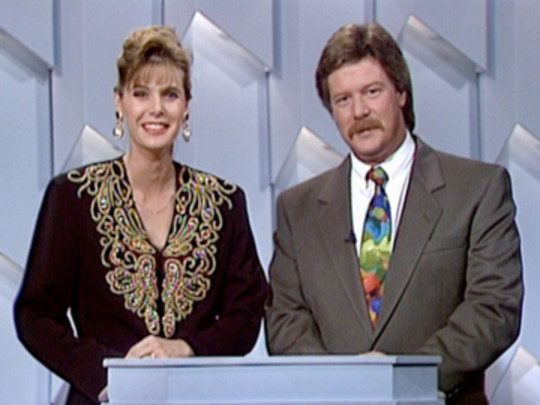
RNZ Interview: Sale of the Century - Steve Parr, Jude Dobson & Grant Walker
Chris Knox: in conversation with Roger Shepherd - part one
Interview - Roger Shepherd. Direction - Clare O’Leary. Camera and Editing - Leo Guerchmann
Chris Knox: in conversation with Roger Shepherd - part two
Interview - Roger Shepherd. Direction - Clare O’Leary. Camera and Editing - Leo Guerchmann
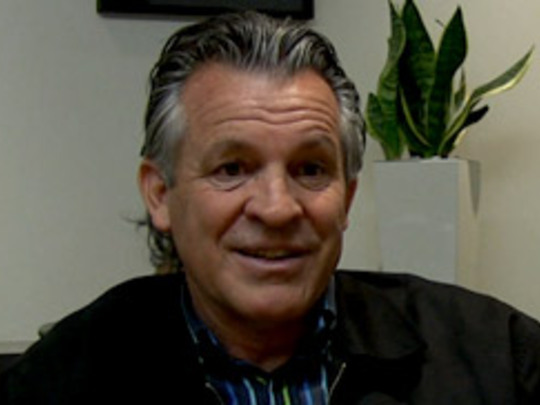
Larry Parr: from classic feature films to Māori broadcasting...
Interview - Clare O'Leary. Camera and Editing - Leo Guerchmann
